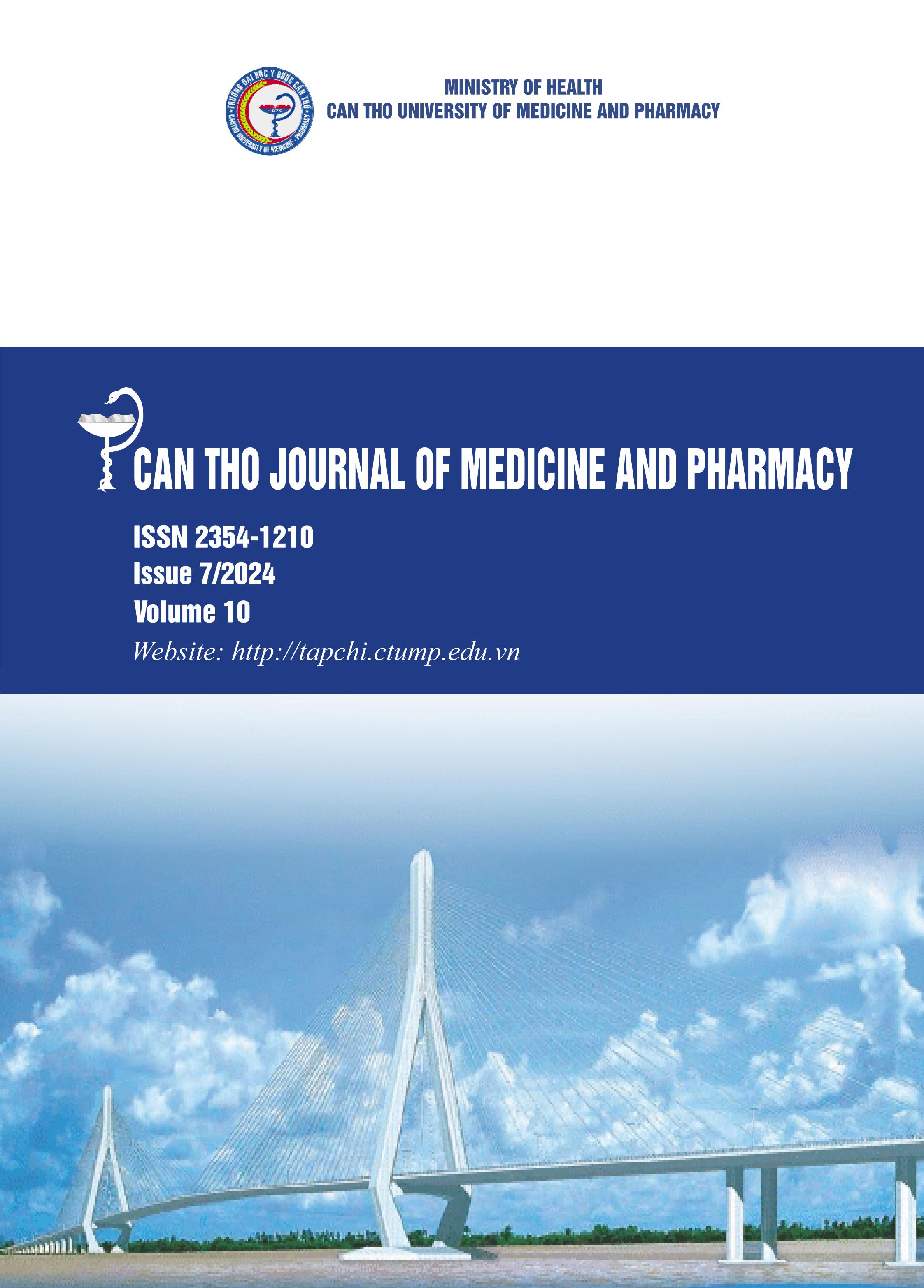INITIATION OF PROCESS STANDARDIZATION TO FABRICATE DEMINERALIZED BONE DIRECTED TOWARDS MAKING MATERIALS FOR BONE GRAFTING
Main Article Content
Abstract
Background: Bone tissue, a vital component for self-healing. This inherent regenerative capacity enables bones to repair themselves following injury or damage. Understanding the mechanisms behind bone tissue self-healing is of great significance in the field of medical research and has implications for the development of novel therapeutic approaches. In this article, we explore the fundamental characteristics and mechanisms underlying the self-healing properties of bone tissue. In certain instances of trauma or pathological conditions resulting in bone defects, the natural healing process may be insufficient. Consequently, the implementation of bone transplant interventions becomes imperative for successful bone regeneration. The predominant origins of bone grafts encompass autologous, homologous, and heterologous sources. The allograft, a widely utilized bone grafting technique, has gained significant popularity, and is currently in high demand within the medical field. The current state of allograft utilization in our nation has proven insufficient in meeting the demands of patients. Henceforth, a method has been devised and standardized for the procurement of demineralized osseous tissue, a crucial investigation in light of the insufficiency of allografts in meeting the requirements of patients. Objectives: Initially, standardizing an efficient procedure to obtain demineralized bone sources from human skull fragments from three different inclusion methods. Materials and Methods: Using three different types of solutions to obtain demineralized bone from human skull tissue including solutions of Formic Acid (10%), Hydrochloric Acid (5%), a mixture of solution: Formic Acid (10%) - Acid Hydrochloric (5%) (ratio 1:1,v/v). Demineralized bones were evaluated by comparing the mineral content extracted from bone samples, demineralization time, and analysis of ions concentration in bone samples (including Ca and P) before and after demineralization. Besides, demineralized bones were histologically stained before and after demineralization to assess the bone structure. Results: The Ca and P extraction rates of this method are high and standard, about 98% and 93%, respectively. The demineralization process only takes about five days. Relative bone tissue retains most of the structure of compact bone tissue. Conclusion: The procedure that our team has established is the right one for obtaining demineralized bone as bone replacement material and applies to a wide variety of human bone tissue.
Article Details
Keywords
Demineralized bone, demineralized solution, skull bone, bone grafting material
References
2. M. Tricot, P.-A. Deleu, C.Detrembleur, T. Leemrijse (2017). Clinical assessment of 115 cases of hindfoot fusion with two different types of graft: Allograft+DBM+bone marrow aspirate versus autograft+DBM, Orthopaedics & Traumatology: Surgery & Research, 103(5): 697-702, https://doi.org/10.1016/j.otsr.2017.03.014.
3. Gayle Callis, Diane Sterchi (1998). Decalcification of Bone: Literature Review and Practical Study of Various Decalcifying Agents. Methods, and Their Effects on Bone Histology, Journal of Histotechnology, 21(1), 49-58, https://doi.org/10.1179/his.1998.21.1.49.
4. Glowacki, Julie (2015). Demineralized Bone and BMPs: Basic Science and Clinical Utility, Journal of Oral and Maxillofacial Surgery, 73(12):S126-S131, https://doi: 10.1016/j.joms.2015.04.009.
5. Yoshioka M, Yoshida Y, Inoue S, Lambrechts P, Vanherle G, Nomura Y, Okazaki M, Shintani H, Van Meerbeek B (2002). Adhesion/decalcification mechanisms of acid interactions with human hard tissues, J. Biomed. Mater. Res, 59(1): 56-62, https://doi: 10.1002/jbm.1216.
6. Harold K. Kristensen (2009). An Improved Method of Decalcification, Biotechnic Histochemistry, 23(3):151-154, https://doi.org/10.3109/10520294809106242.
7. Sangeetha R, Uma K, Chandavarkar V (2013). Comparison of routine decalcification methods with microwave decalcification of bone and teeth, J Oral Maxillofac Pathol, 17(3):386–391. https://doi: 10.4103/0973-029X.125204
8. Arjmand B, Aghayan HR, Larijani B, Sahebjam M, Ghaderi F, Goodarzi P (2014). The effect of gamma irradiation on the osteoinductivity of demineralized human bone allograft, Acta Med Iran, 52(3):215-219. PMID: 24901725.
9. Nikiforuk, G. and Sreebny, L., (1953). Demineralization of hard tissues by organic chelating agents at neutral pH, Journal of dental research, 32(6):859-867, https://doi: 10.1177/00220345530320061401
10. Huynh Duy Thao, Nguyen Khanh Hoa, Hoang KC Huong, Thai Truc Quynh, Dang Tran Quan, Tran Cong Toai (2019). Establishment of a protocol for harvesting demineralized bone from human skull sources, with the aim of using it as a bone grafting material. Vietnam Medical Journal, 483:112-117.
11. Tran Cong Toai, Doan Van Phung (2008). Study on the process of manufacturing allograft bone using demineralization method. Journal Of University Of Medicine And Pharmacy At Ho Chi Minh City, 15(2):25-32.


